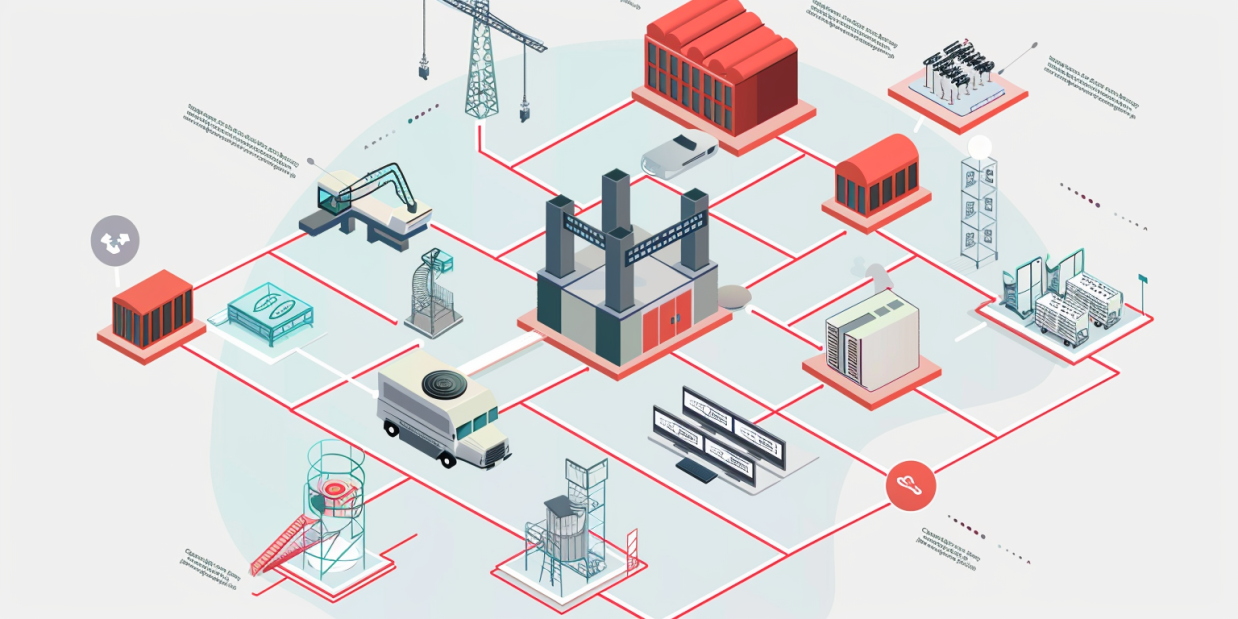In today’s fast-paced business environment, organizations are constantly undertaking projects to drive growth, improve efficiency, and stay competitive. However, the completion of a project is not the end goal; it’s the smooth transition to operational success that truly matters. This is where operational readiness comes into play. In this article, we will explore the concept of operational readiness and its significance in ensuring project completion and successful handover.
Table of Contents
Understanding Operational Readiness
Operational readiness refers to the state of preparedness that an organization achieves to smoothly transition from project completion to full-scale operations. It involves comprehensive planning, meticulous preparation, and effective stakeholder engagement. Operational readiness encompasses various elements, including infrastructure, processes, resources, training, and support systems, all aimed at ensuring a seamless operational transition.
The Importance of Operational Readiness
- Mitigating Risks: Operational readiness helps identify and address potential risks and challenges before they impact operations. By proactively assessing and mitigating risks, organizations can minimize disruptions and delays during the transition phase.
- Stakeholder Satisfaction: Effective operational readiness ensures that key stakeholders, such as customers, employees, and investors, are satisfied with the project outcomes. It instills confidence in the organization’s ability to deliver on its promises and meet stakeholder expectations.
- Cost and Time Efficiency: Investing in operational readiness upfront can save significant costs and time in the long run. By addressing operational considerations during the project lifecycle, organizations can avoid costly rework, retraining, and delays during the handover phase.
- Seamless Project Completion: Operational readiness acts as a bridge between the project completion and operational phases. It ensures a smooth handover of responsibilities from project teams to operational teams, reducing the chances of miscommunication and operational disruptions.
Elements of Effective Operational Readiness
- Planning and Preparation: A well-defined plan that outlines the operational requirements, timelines, and resources is crucial. Adequate preparation involves assessing operational risks, defining performance metrics, and establishing clear roles and responsibilities.
- Stakeholder Engagement: Engaging stakeholders from the early stages of the project fosters a sense of ownership and facilitates smooth knowledge transfer during the handover. Effective communication and collaboration with stakeholders build trust and alignment.
- Training and Skill Development: Ensuring that operational teams are adequately trained and equipped with the necessary skills is vital. Training programs should cover the new systems, processes, and tools, empowering employees to embrace change and perform at their best.
- Testing and Validation: Thorough testing and validation processes are essential to identify any operational gaps or deficiencies. It includes conducting simulations, user acceptance testing, and performance evaluations to ensure that the systems and processes are fully functional and aligned with business requirements.
Case Studies: Operational Readiness in Action:
Case Study 1: Implementation of a New Manufacturing System: A manufacturing company implemented a state-of-the-art production system. Through operational readiness, they conducted extensive training, aligned processes, and performed thorough testing. The result was minimal disruptions, increased productivity, and improved quality control.
Case Study 2: Launch of a Digital Transformation Initiative: A retail organization undertook a digital transformation initiative. Operational readiness involved stakeholder engagement, change management, and robust testing. The result was a smooth transition, improved efficiency, and increased customer satisfaction.
The Link between Operational Readiness and Project Success
Operational readiness acts as a critical link between project completion and successful operations. Its benefits include smooth project completion, efficient handover, stakeholder satisfaction, reduced risks and costs, accelerated adoption of new systems, and improved performance.
Operational readiness is a crucial aspect of project management that ensures a seamless transition from project completion to operational success. By prioritizing operational readiness and following best practices, organizations can maximize the chances of project success and successful handover. The key elements of operational readiness, such as thorough planning, stakeholder engagement, training, and testing, contribute to mitigating risks, satisfying stakeholders, and achieving cost and time efficiency.
Through effective operational readiness, organizations can identify and address potential risks before they impact operations. By proactively assessing and mitigating risks, they minimize disruptions and delays during the transition phase. This proactive approach not only safeguards the project’s success but also protects the organization’s reputation and financial stability.
Stakeholder satisfaction is another crucial aspect of operational readiness. Engaging stakeholders throughout the project lifecycle fosters a sense of ownership and ensures that their expectations are met. Effective communication and collaboration build trust and alignment, enhancing stakeholder satisfaction and support.
Investing in operational readiness upfront brings long-term cost and time savings. By addressing operational considerations during the project lifecycle, organizations can avoid costly rework, retraining, and delays during the handover phase. The time and effort invested in operational readiness are small compared to the potential costs and disruptions that can occur if it is neglected.
Operational readiness enables a seamless project completion by acting as a bridge between the project teams and the operational teams. It ensures that responsibilities are effectively transferred and that there is clear communication and understanding between both sides. This reduces the chances of miscommunication, delays, and operational disruptions during the handover process.
To highlight the practical application of operational readiness, let’s examine two case studies:
Case Study 1: Implementation of a New Manufacturing System
In this case, a manufacturing company decided to implement a new production system to enhance efficiency and quality control. By focusing on operational readiness, they conducted extensive training programs for employees, aligned processes with the new system, and performed rigorous testing. As a result, the transition was smooth, with minimal disruptions to operations. The new system improved productivity, reduced errors, and enhanced overall quality control.
Case Study 2: Launch of a Digital Transformation Initiative
A retail company initiated a digital revamp to boost customer experiences and streamline tasks. The overall triumph of this project pivoted crucially on ‘operational readiness.’ By roping in stakeholders from a variety of sectors, triggering change management tactics, and thoroughly testing the fresh digital platforms, the group geared up well for transformation. Not only did this meticulous planning ease the shift, but it also surged operational effectiveness and customer contentment.
This case study is a testament to how intensive preparation and resource allocation to readiness tasks can pave the way for project success and flawless handover. The rewards are multiple – a glitch-free shift, minimised risks, and an uptick in operational performance.
Conclusion
In wrapping up, preparing operations is an essential part of project management that deserves careful attention. Prioritising readiness and adhering to proven techniques can greatly enhance the likelihood of project triumph, effortless handover and pleasing stakeholders. Effective planning, engaging with stakeholders, facilitate training, and comprehensive testing contribute to risk reduction, cost efficiency and time-saving. These steps help to ensure a frictionless shift from project completion to successful operation. Embracing this readiness sets your organisation up for sustained growth and long-run success.







